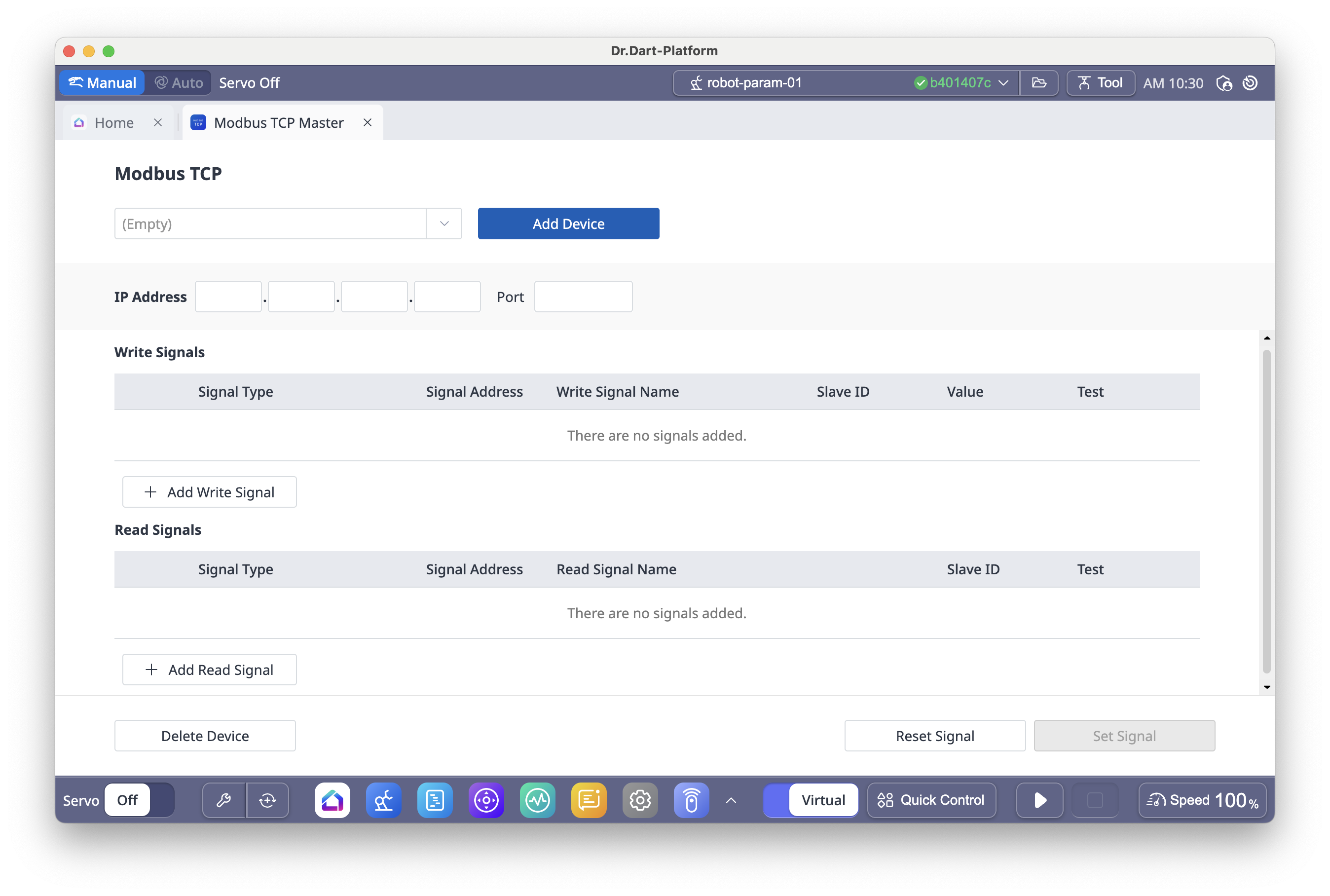Category Selection Guide
This section introduces the main categories of the module and provides guidance on how to select a category.
What are module categories and where are they used?
Module categories themselves do not have functionality. They are the categories classified when distributed on the Dart-Store. However, each category generally takes the following forms.
Process: It is designed to sequence tasks and execute completed tasks effectively for only one module.e.g. Palletizing, Machine tending Module
Task Editor: A task-managing module capable of managing and executing tasks, akin to Doosan Robotics' Task Editor module.e.g. Task editor, Code editor Module
Device Setting: A comprehensive module providing the UI for configuring device settings, incorporating user commands for For easy the device use in the Task Editor.e.g. Gripper Module
User Command: A versatile module allowing users to add command blocks in the Task Editor, including features from older versions such as WCI and Skill (V2.X). It is characterized by not displaying the module's main screen and icon on the Home screen.e.g. Custom move command Module
Jog: A practical module enabling the manual operation of robots.e.g. Custom jog Module
Dashboard: A dynamic module for monitoring a variety of values.e.g. Cocktail, Ice cream, Smart factory Module
Etc: etc.
Info.
If the category in the Manifest file is manually changed, it may cause an error when uploading to Dart-Store. Please ensure to update the category in the project settings of Dart-IDE.
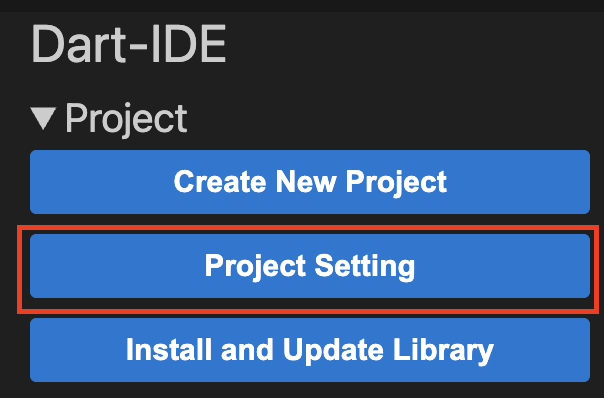
let's look at the main categories:
How to select a module category?
User Command
The User Command module is ideal for adding new command blocks in the Task Editor module.
Advantages
Peripheral device vendors can provide user commands, allowing users to use peripheral devices directly in the task editor, in addition to connection and configuration functionalities (equivalent to skills in Dart-Platform 2.x).
A single module can offer multiple user commands.
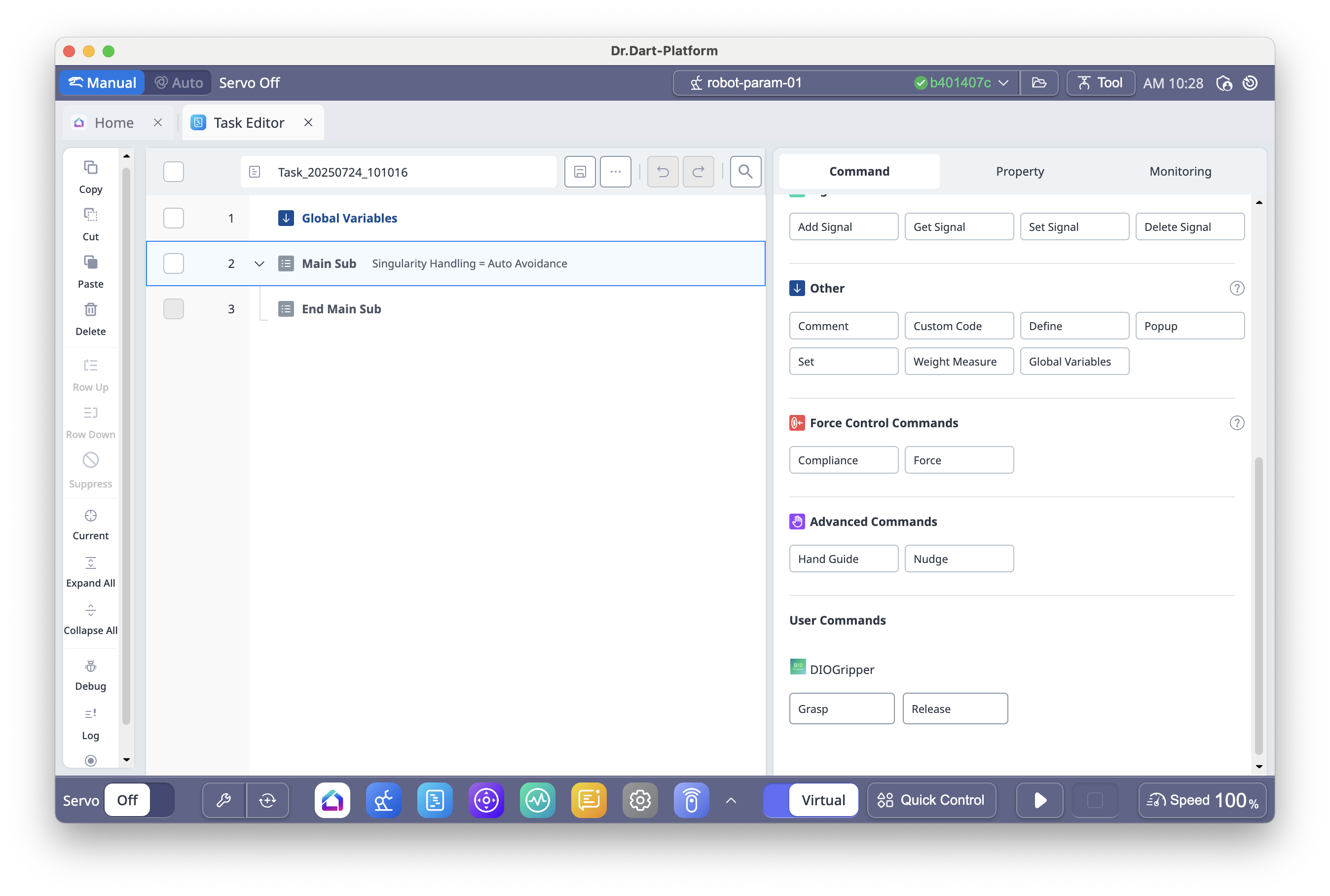 |  |
Process Module
This module is suitable for converting DRL-based robot tasks or functions implemented with custom codes into a single Dart-Suite module or for developing a new process module. Additionally, providing device operation-related commands (User Commands) in the task editor is beneficial.
Advantages
It can run on all multi-platforms supported by Dart-Platform 3, independent of the platform (Windows OS, Mac OS, Android Tablet).
After developing one process module, it can be easily modified to suit various customer requirements, accommodating different processes.
For example, after creating a palletizing module for site A, it can be easily modified to respond to a request to develop palletizing for another site B.
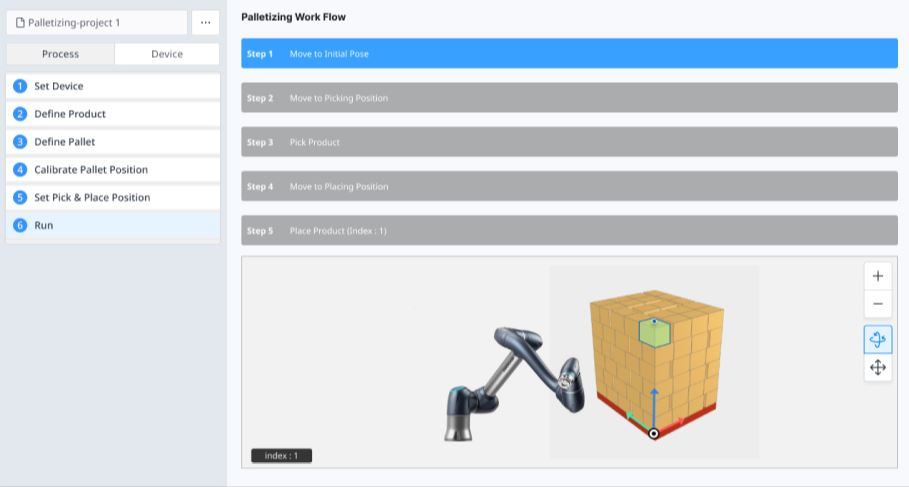 | 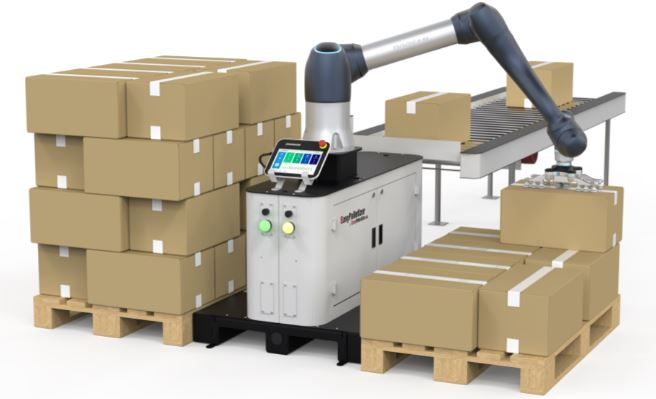 |
Device Setting
This module is suitable for providing a screen to connect or change the configuration values of peripheral devices. Additionally, providing device operation-related commands (User Command) in the task editor is beneficial.
Advantages
Peripheral device vendors can deliver a single module or device-specific modules, allowing users to use peripheral devices immediately by simply installing the module and changing the settings when connecting and configuring Doosan robots.
Dart-API support for basic communication protocols is available (Digital I/O, Analog I/O, Modbus TCP/RTU Master, Serial, TCP Client).
